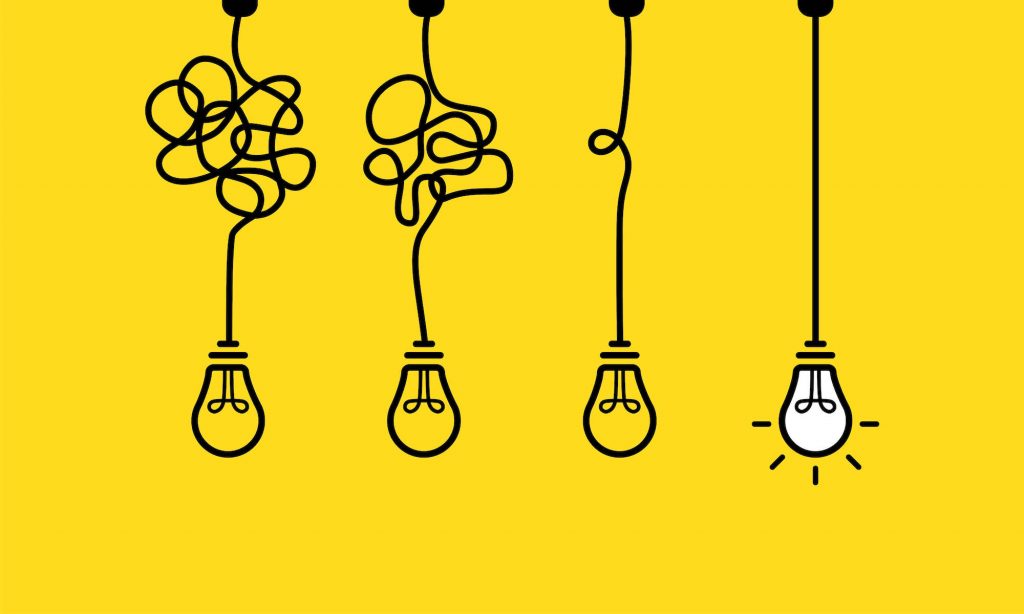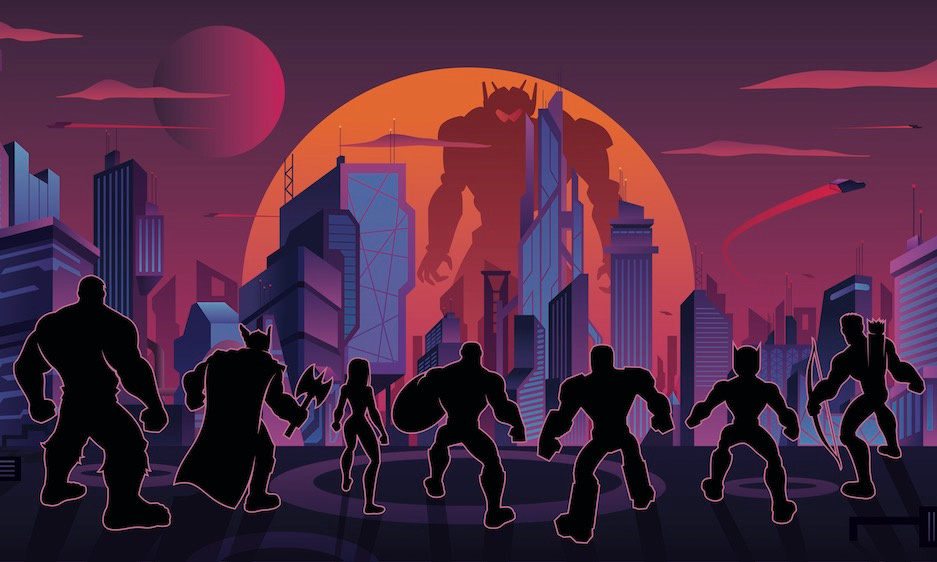Moving Beyond Luck, Genius and Heroics

BMNT Editor’s note: This blog series will explain the common beginner-steps needed to get an innovation practice off the ground, like creating an innovation thesis, organizing a minimum viable team, operationalizing the Innovation Pipeline®, leveraging world-class universities, and more. And if you already have an innovation practice, consider this a way to update or improve what you already have, because if you’re not learning, you’re already behind the curve.
GUEST POST from Brian Miller
Today’s complex era requires that governments adapt to emerging challenges by harnessing novel technologies, fostering a resilient workforce, and embracing new ways of doing business. To some, this means simply increasing research and development budgets and establishing clear national objectives. Yet this moment requires something more foundational: a new doctrine.
There is currently no doctrinal clarity or operational support for innovation at any level of the US government, so while increased spending and transformative goals will help, what the nation really needs is the implementation of a disciplined system designed to innovate and a workforce trained to use it.
Our traditional systems were designed for an earlier era of greater predictability and government-led technology development. They no longer work as intended. The current approach is not maintaining, let alone improving, the capabilities available to national decision-makers. Moreover, relying on luck, genius, or heroics to get the job done is not sustainable – if it ever was.
The US government simply lacks the capacity for enterprise innovation because the human (abilities, skills, knowledge) and organizational (structure, processes, culture) capabilities pertaining to innovation are insufficient.
These deficiencies manifest in several ways, including but not limited to:
- Poor understanding of problems and opportunities across an enterprise
- Disconnect between capability development and end-users
- Limited success solving hard problems programmatically
- The process for creating requirements is not rigorous
- Acquisition personnel are required to make assumptions years ahead of time
At BMNT, we work with large government organizations seeking to fix or create a sustainable innovation practice in order to reliably produce transformative results.
This Mission Acceleration series is designed to share some of the common learnings and recommendations from years of supporting the lifecycle of civic innovation in the US, UK, Australia, Canada, and elsewhere.
This first post explains the high, hard goals: implementing a structure to guide innovation and training workers how to use it. Subsequent posts will share other common beginner-steps to creating a sustainable innovation pipeline.

1. Implement a structure designed to innovate
Investing in innovation differs significantly from other types of decision-making. Large organizations need a reliable system to address the inherent risk associated with innovation projects. The system that fuels the necessary risk management approach is called the Innovation Pipeline®. It’s a separate but parallel structure designed for enterprise innovation that complements the legacy systems of large government organizations.
At its core, it’s a framework, helping senior decision-makers link various methods, tools, and activities into a system that is repeatable and scalable. It does not focus solely on technology, which will conceal the issues around value, usability, and adoption. It does not focus solely on end-users or the organization. Instead, it’s the means to assess all three dimensions, and it maximizes the probability that each innovation project delivers a solution that solves a real, mission-critical problem in a way that the organization can sustain at enterprise scale.
The Innovation Pipeline is necessary for many reasons, but principally because innovation projects are not simply smaller versions of existing programs. Resources are first invested in validating a project, and only after validation are significant investments made in deploying a new capability. This ensures an organization has addressed the three main sources of risk associated with any innovation project:
- Desirability (users need it and key stakeholders will adopt it)
- Feasibility (it can be built affordably)
- Viability (there is a pathway through the bureaucracy to deliver it)
2. Professionalize an innovation-capable workforce
An innovation system encompasses problems, technologies, and ideas – but it’s powered by people. Yet people can only innovate if they are trained to do so. An accountable innovation training program consists of three main thrusts:
- Energize networks within and outside government to rigorously test solutions against specific mission-critical problems
- Provide a common language, methodologies, and tools to generate evidence for resource decisions
- Generate buy-in and support from key stakeholders responsible for transitioning and sustaining capabilities
What we’ve learned is that a training program must address three levels of the organization in order to begin to change human and organizational capabilities.
- Senior leaders (via a 1-day offsite to build consensus and commitment about how to permanently improve organizational effectiveness)
- Innovation program managers (via a multi-day executive training course, plus weekly check-ins as part of a practicum)
- Innovation project leaders (via multi-day basic and intermediate training courses, plus weekly check-ins as part of a practicum)
Eventually, the entire workforce can be harnessed to innovate.
Next in the series: Why your organization needs an innovation thesis and how to create one.
Image credits: BMNT
 Sign up here to get Human-Centered Change & Innovation Weekly delivered to your inbox every week.
Sign up here to get Human-Centered Change & Innovation Weekly delivered to your inbox every week.

![]() Sign up here to join 17,000+ leaders getting Human-Centered Change & Innovation Weekly delivered to their inbox every week.
Sign up here to join 17,000+ leaders getting Human-Centered Change & Innovation Weekly delivered to their inbox every week.

